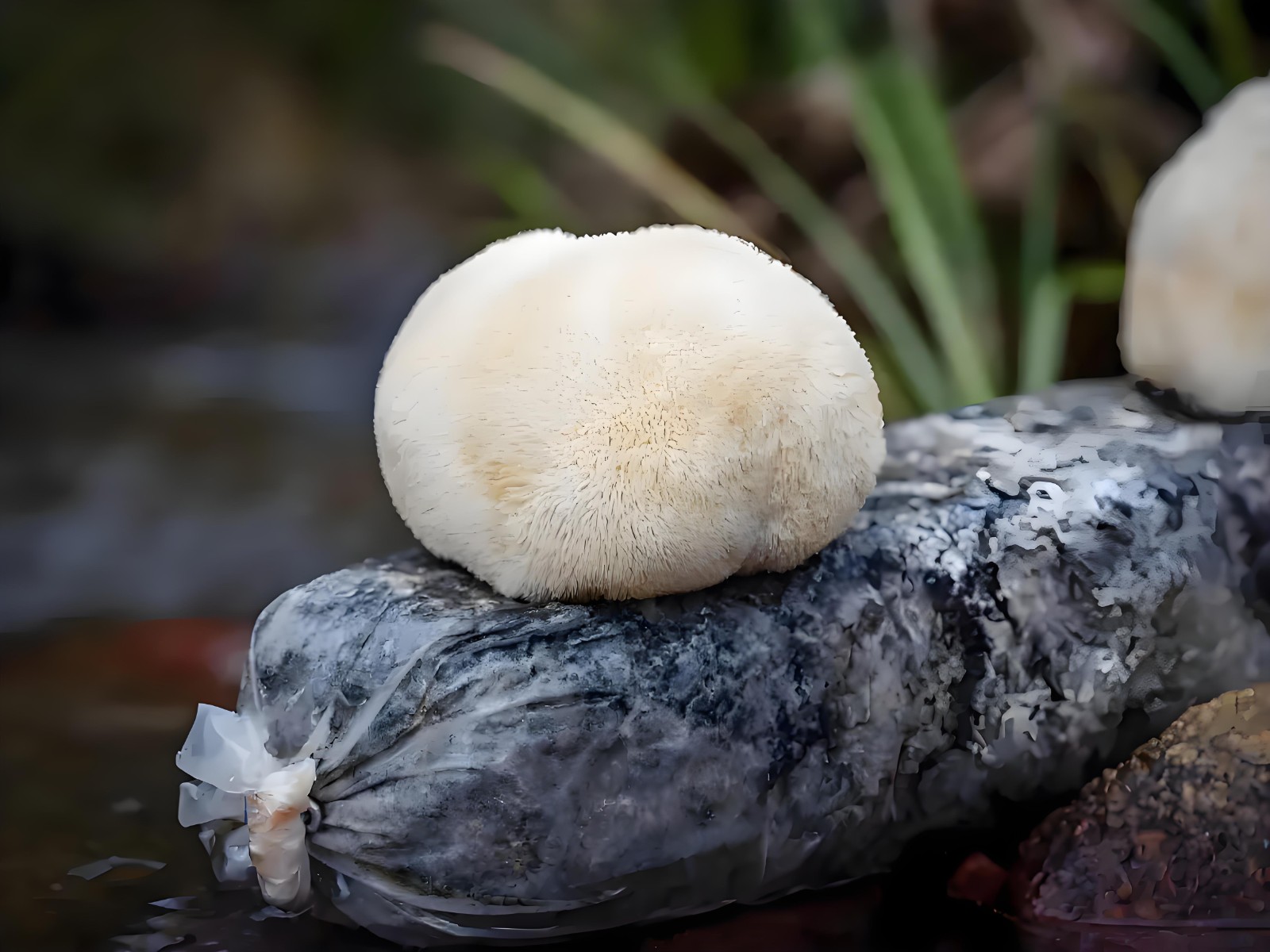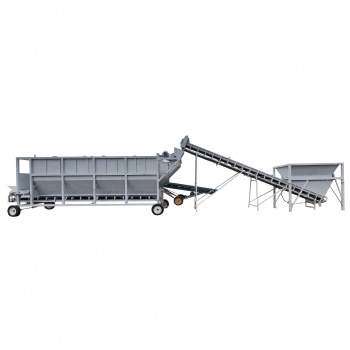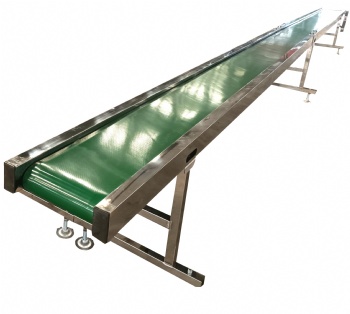News
The current status of the Hericium erinaceus industry

The history of artificial cultivation of Hericium erinaceus is not long, only more than 40 years,
and it was successfully domesticated in 1960. Before artificial cultivation, fruiting bodies were
picked from deep mountains and old forests. Since the number is extremely small, it is very precious.
Since 1960, the pure strain of Hericium erinaceus has been successfully separated and domesticated.
Especially since 1980, with the continuous selection and breeding of high-yield and high-quality strains (strains),
the continuous discovery and updating of cultivation raw materials, and the continuous improvement and
optimization of cultivation technology, coupled with the policy of enriching the people since the reform and
opening up, the enthusiasm of mushroom farmers to produce Hericium erinaceus has been stimulated.
The production of Hericium erinaceus in China has developed rapidly, among which the areas with larger
cultivation scales include Fujian, Shandong, Zhejiang, Shanghai, Jiangsu, Shanxi, Jilin, etc. Hericium erinaceus
products have developed from the original single processing and sales of dry products and fresh products
to the processing and sales of three types of fresh products, medicines, and health products. Fresh Hericium
erinaceus products can be sold directly through refrigeration and preservation, or can be made into dry
products through mechanical dehydration, salted into salted mushrooms or canned, and deep processed into
various products such as Hericium erinaceus biscuits, etc., which are sold to markets across the country;
health product processing is mainly processed into Hericium erinaceus beverages, Hericium erinaceus preserves,
Hericium erinaceus wine, Hericium erinaceus extract, Hericium erinaceus granules and Hericium erinaceus health
capsules, etc.; medicinal product processing is mainly Hericium erinaceus slices.
Although Hericium erinaceus production has developed rapidly in the past 20 years, compared with edible
fungi such as shiitake mushrooms, straw mushrooms, oyster mushrooms, enoki mushrooms, nameko mushrooms,
white fungus, black fungus, and hairy fungus, Hericium erinaceus has developed slower. The main reason is sales problems,
and the key to poor sales is that its nutritional value, medicinal value and cooking technology are not promoted enough.
The majority of consumers do not understand the nutritional value and medicinal value of Hericium erinaceus, and secondly,
they do not know how to eat Hericium erinaceus. Consumers occasionally eat 1~2 times, but because they are not
good at cooking, they find it tasteless, so they no longer eat it. Therefore, actively promoting the nutritional value,
health benefits, medicinal effects, and cooking techniques of Hericium erinaceus is an important link that cannot be
ignored in the future development of Hericium erinaceus.
Categories
Contact Us
- +86 15093267083
- +86 15093267083
- amy@zzbelead.com
- +8615093267083




